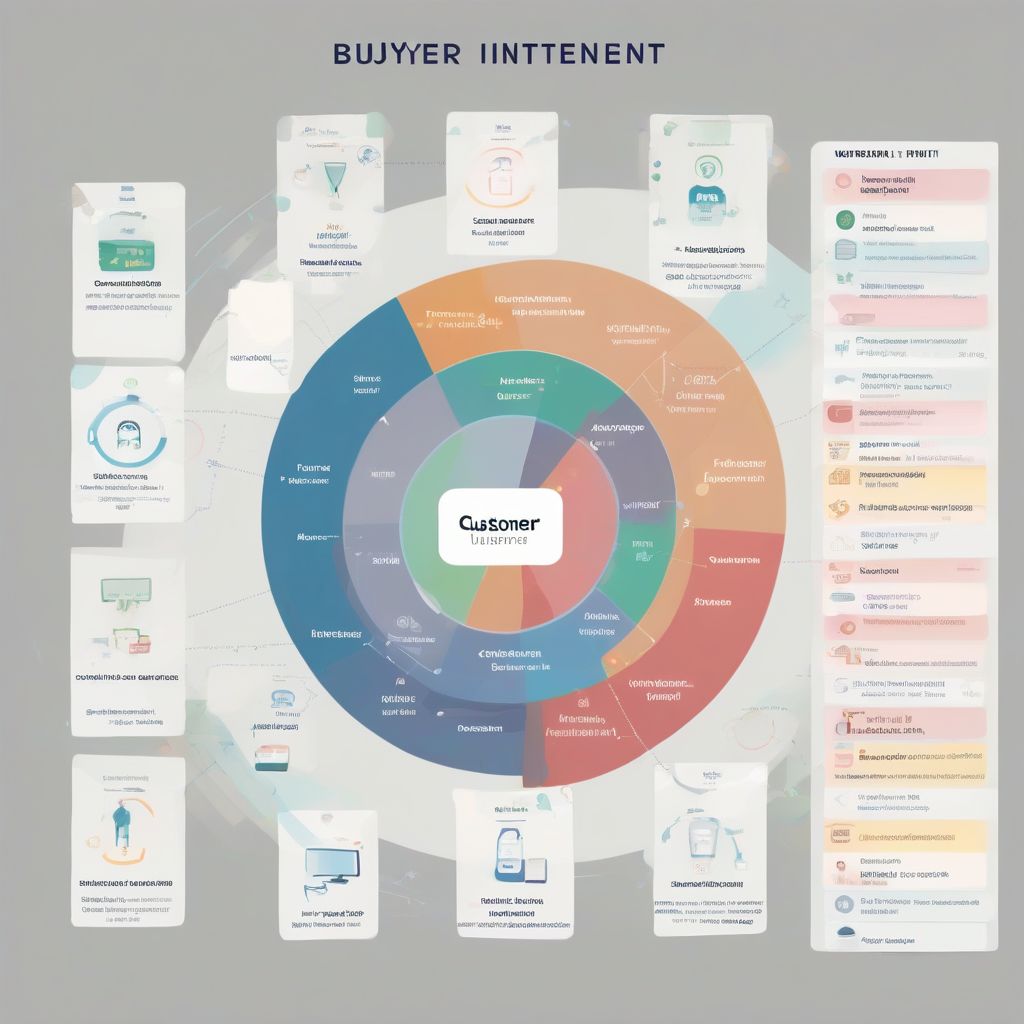In today’s digital age, businesses are constantly seeking ways to optimize their marketing strategies and improve their bottom line. One powerful tool that has emerged in recent years is Buyer Intent Data. This valuable information provides insights into the online behavior of potential customers, allowing businesses to identify and target those who are actively researching and considering purchasing products or services like theirs.
taigamemienphi.me/wp-content/uploads/2024/08/buyer-intent-data-66c5a9.jpg" alt="Buyer Intent Data" width="1024" height="1024">Buyer Intent Data
What is Buyer Intent Data?
Buyer intent data encompasses a range of online signals that indicate a potential customer’s likelihood to make a purchase. This data can include:
- Website visits: Which pages are they visiting on your website and how long are they staying on each page?
- Content consumption: What blog posts, white papers, or case studies are they downloading?
- Search engine queries: What keywords are they using to search for products or services like yours?
- Social media activity: What are they saying about your brand or industry on social media?
- Email engagement: Are they opening and clicking through your marketing emails?
Why is Buyer Intent Data Important?
For B2B businesses, in particular, buyer intent data can be incredibly valuable. The B2B buying cycle is often complex and involves multiple decision-makers. By leveraging buyer intent data, businesses can:
- Identify potential customers early in the sales cycle: Instead of waiting for leads to come to you, you can proactively reach out to those who are already showing interest in your offerings.
- Prioritize leads more effectively: Focus your sales and marketing efforts on the leads that are most likely to convert, improving efficiency and ROI.
- Personalize the buyer journey: Tailor your content and messaging to the specific needs and interests of each potential customer, leading to a more engaging and relevant experience.
- Shorten the sales cycle: By engaging with leads at the right time with the right information, you can accelerate the decision-making process.
How to Use Buyer Intent Data: Practical Applications
Understanding the “why” behind buyer intent data is only half the battle. Here are some actionable ways you can put it to work for your business:
- Content Marketing: Create high-value content that addresses the specific questions and concerns of potential customers at each stage of the buyer journey.
- Targeted Advertising: Use intent data to refine your target audiences for online advertising campaigns, ensuring that your ads are seen by the most qualified prospects.
- Sales Outreach: Equip your sales team with insights from buyer intent data to personalize their outreach and improve their chances of starting meaningful conversations.
- Account-Based Marketing (ABM): Identify key accounts showing buying signals and develop highly targeted campaigns tailored to their specific needs.
Choosing the Right Buyer Intent Data Provider
The effectiveness of your buyer intent data strategy depends on the quality of data you have. Factors to consider when selecting a provider include:
- Data sources: Where does the provider gather its data from? Look for a provider with a diverse range of sources for a more complete picture.
- Data accuracy: How reliable and up-to-date is the data? Accuracy is crucial for making informed decisions.
- Data segmentation: Can you easily filter and segment the data to identify your ideal customers?
- Integrations: Does the provider integrate with your existing marketing and sales tools?
Buyer Intent Data: The Future of B2B Marketing
As technology continues to evolve, buyer intent data is only going to become more sophisticated and valuable. Businesses that embrace this data and develop strategies to leverage it effectively will be well-positioned to succeed in today’s increasingly competitive marketplace. By understanding the needs and motivations of their potential customers, businesses can create more meaningful connections, deliver exceptional experiences, and ultimately drive revenue growth.
